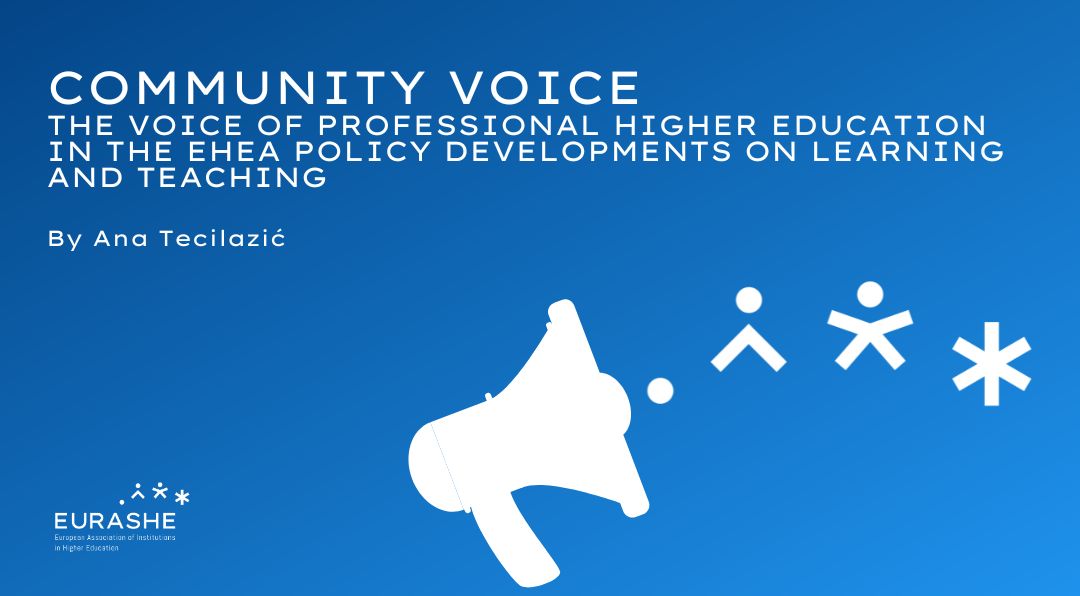EURASHE is one of the three co-chairs of the EHEA Working Group on Learning and Teaching in the Bologna Follow-up Group working structures. The Group is mandated to support the implementation of the “Recommendations to National Authorities for the Enhancement of Higher Education Learning and Teaching in the EHEA” adopted by the EHEA ministers with the Rome Communiqué in 2020. PHEIs can therefore, through the voice of EURASHE, support the member countries in the development of national strategies and policy actions to implement the Recommendations and, in particular, in strengthening innovative and student-centred learning, teaching and assessment. The Recommendations emphasise the goal to make student-centred learning a reality by creating a supportive environment, in terms of funding and regulation, that enables higher education institutions to tailor education provision to the needs of different types of learners and to build a culture for equity and inclusion.
Diversity of the student body
With an increase of the diversity of the student body, there are more mature students, international students or students with divers cultural and socio-economic background as well as different vulnerable groups of students which signals the need for change in the way that the higher education institutions and teachers responds to those diversities. By shifting the emphasis from the teacher to the student, applying the student-centred learning approach, the diversity of students’ needs can be better accommodated.
Student-centred learning: a shift of paradigm
Student-centred learning approach implies that students should always be considered as active participants in their own learning, able to plan their learning paths, acquire the knowledge, skills and competences that meet their personal goals and societal needs. It represents a paradigm shift in which knowledge is perceived as being constructed by students and the teacher becomes a facilitator of learning, creator of stimulating learning environment and opportunities for students to be active, engage, explore, generate knowledge. Students need to be able to choose what to study, in line with their specific interests and studying goals, how to study and how to be assessed.
Learning, teaching and assessment methods
 Student-centred learning approaches, reflected in activities such as research projects, peer teaching, case-based learning, learning portfolios, projects and practical work, active learning, flexible learning, self-directed learning etc. are considered to encourage deep learning and understanding and enhance students’ learning outcomes. The student-centred learning approach is, therefore vital for assuring and enhancing quality in higher education.
Student-centred learning approaches, reflected in activities such as research projects, peer teaching, case-based learning, learning portfolios, projects and practical work, active learning, flexible learning, self-directed learning etc. are considered to encourage deep learning and understanding and enhance students’ learning outcomes. The student-centred learning approach is, therefore vital for assuring and enhancing quality in higher education.
Student-centred learning in Quality Assurance in the European Higher Education Area
Student-centred learning is included among the European Standards for Quality Assurance in the European Higher Education Area (ESG) in particular in the way that the “institutions should ensure that the programmes are delivered in a way that encourages students to take an active role in creating the learning process, and that the assessment of students reflects this approach” (ESG 2015, 1.3) and is also related to standards on learning resources and student support (ESG 2015, 1.6), and teaching staff (ESG 2015, 1.5). Nevertheless, surveys and studies show that there are many challenges in applying this approach but also opportunities for improving the quality of learning, teaching and assessment co-created in a partnership between learners and teachers.
Challenges and opportunities of the student-centred learning approach
Research studies report that among the major challenges to implement student-centred learning approach is to involve students as active participants in curriculum design, in teaching and particularly in assessment of learning. Teachers find it difficult to release from the role of the guardians of knowledge and students have no less trouble in assuming control over their learning. However, this paradigm shift brings opportunities to increase the autonomy of the learner and it also places a great deal of responsibility on the students, who are expected to self-manage their learning process and achieve intended learning outcomes.
By Ana Tecilazić, EURASHE Board Member.



Recent Comments